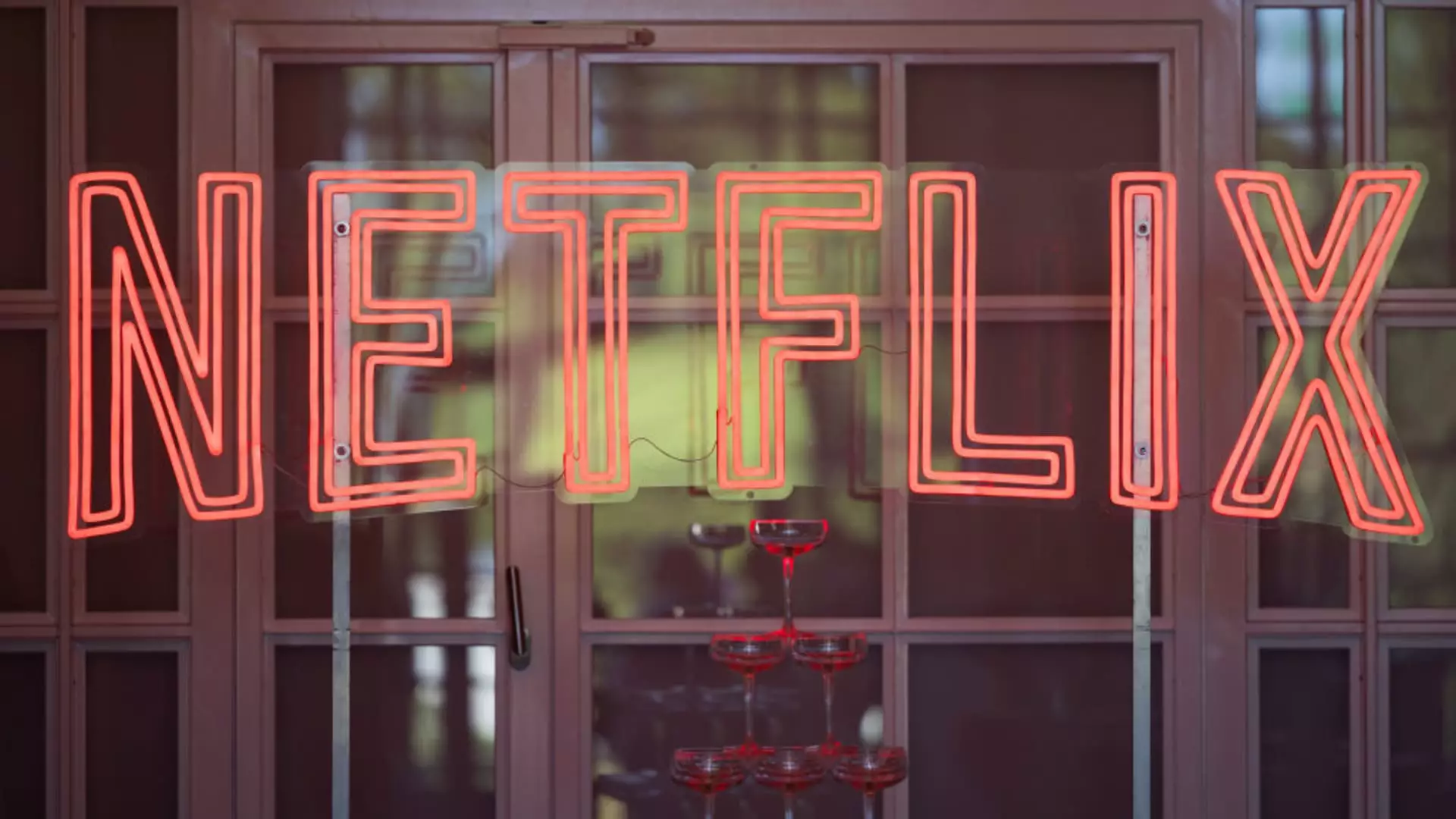Netflix has long been a titan of the streaming industry, captivating global audiences with its diverse content library. However, the company recently announced a significant price hike for several of its subscription plans in the U.S., causing ripples among current subscribers and potential users alike. As the competitive landscape of streaming continues to evolve, it is essential to understand the reasoning behind these price adjustments and their implications on consumer behavior and the industry at large.
On a recent earnings call, Netflix revealed that its standard ad-free plan would rise from $15.49 to $17.99 per month. Similarly, the ad-supported variant, initially launched to expand their subscriber base, will see an increase from $6.99 to $7.99. The premium plan is not exempt from these changes either, escalating from $22.99 to $24.99. These increases come at a time when Netflix seeks to refine its offerings and boost revenue amidst a landscape filled with comparable streaming options.
The timing of this price adjustment raises questions about Netflix’s strategy. One could argue that the company is confident in its content pipeline, as co-CEO Ted Sarandos emphasized the importance of having engaging content to justify the price hike. The promise of upcoming blockbuster series and movies could indeed placate viewers who may be discontent with rising costs. However, such substantial increases in a relatively short time frame could alienate some price-sensitive subscribers, especially with numerous other streaming services also imposing similar hikes.
The streaming market has transformed drastically in the last few years. Competing services such as Disney+, HBO Max, and others have flooded the market, each vying for a slice of the audience pie. As the competition became more pronounced, many companies have opted to implement ad-supported tiers as a cost-effective alternative for consumers. Netflix followed this trend by introducing its ad-supported plan, a strategic move designed to attract subscribers in the face of flatlining growth metrics.
However, the prices of these offerings are starting to look less appealing. With the industry seeing price hikes across the board, it’s increasingly clear that both leaders and challengers in the streaming space are looking to solidify their profit margins. Greg Peters, Netflix’s co-CEO, noted that adjustments in international markets had been well-received. This suggests that global pricing disparities are becoming a strategic tool for tech giants as they navigate varying economic environments.
In addition to rising subscription costs, Netflix has been aggressively targeting password sharing, a phenomenon that has long affected its revenue potential. The introduction of extra member options allows current subscribers to add members to their accounts for an additional fee, which has set the stage for increased revenue per account. The price for extra members on standard plans without commercials will rise from $7.99 to $8.99, while the ad-supported plans remain unchanged.
This move is not merely about generating extra income; it reflects a broader shift in the way streaming services are hoping to capture and retain audiences. As consumers become increasingly selective about their subscriptions, services like Netflix must develop innovative strategies to build a loyal customer base while driving profitability.
The Path Ahead for Netflix
While Netflix’s current trends indicate a surge in subscriber numbers, with a record 19 million paid memberships added in the fourth quarter, it remains to be seen how sustained growth will factor in with mounting price increases. The company’s ongoing adjustments regarding content offerings, pricing structures, and user access strategies serve as critical elements in navigating future consumer expectations.
Moving forward, the challenge for Netflix will be to maintain its reputation as a leader while addressing the price sensitivities of its users. As competition continues to heat up, the company’s capacity to deliver compelling content at a price that consumers feel is fair will ultimately determine how well it withstands the pressures of the market.

